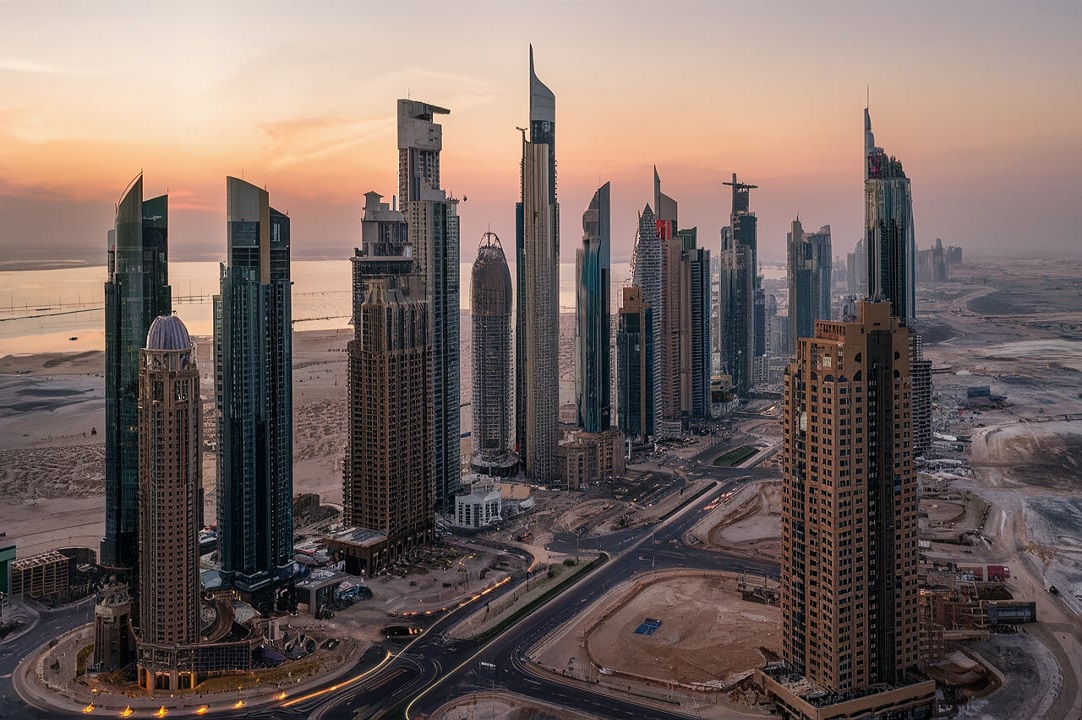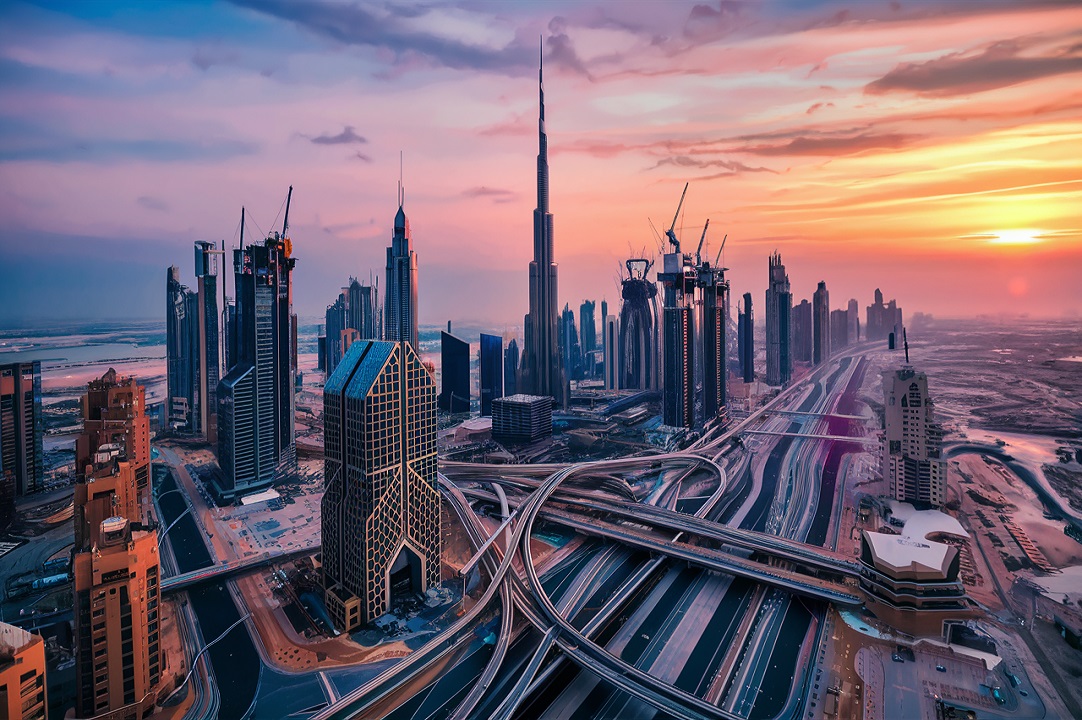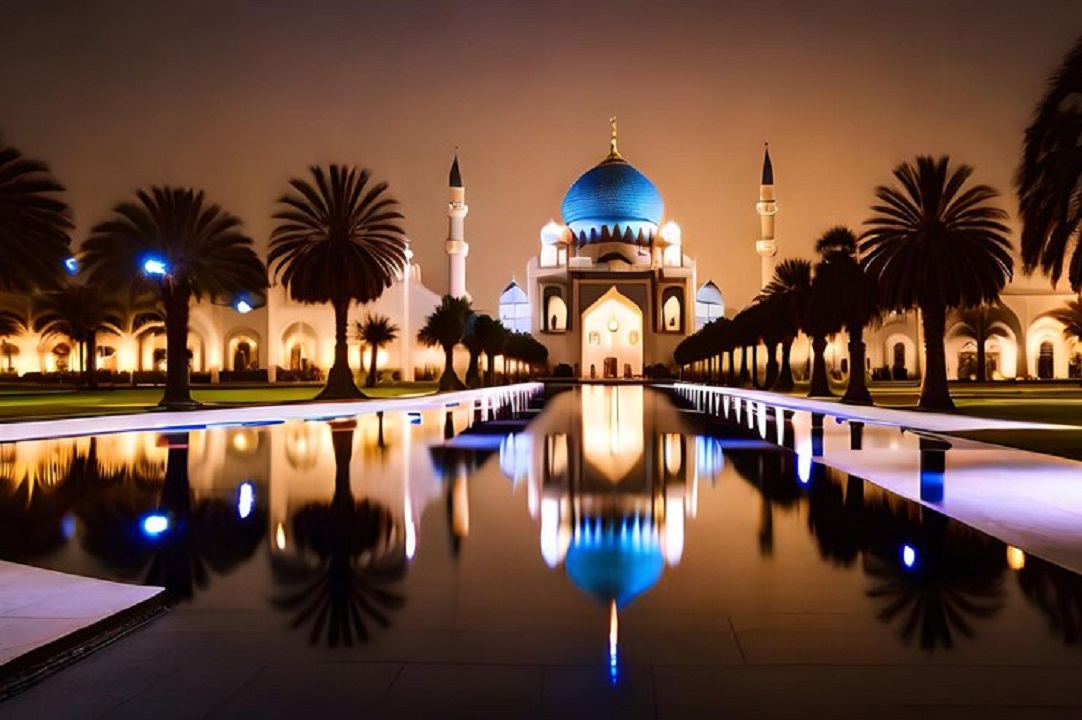Riyadh history traces back centuries, rising from the ancient ruins of Ḥajr in the Yamāmah region. Its strategic location along Arabian Peninsula trade routes, coupled with abundant water sources, led to its emergence as a walled settlement by the 17th century in the Wadi Ḥanīfah valley. Serving as the Saʿūd dynasty’s capital from 1824 to 1881, Riyadh briefly fell to the Rashīd family before Ibn Saʿūd reclaimed it in 1902. This marked Riyadh’s pivotal role as the launchpad for conquests leading to Saudi Arabia’s establishment in 1932. Over time, modernization propelled significant physical changes, transforming Riyadh from a compact walled city in the early 20th century into a sprawling, grid-based urban center by the late 1960s. Despite integration challenges, Riyadh’s development harmoniously blends modernity with its historical legacy, imparting a unique and vibrant character to the city.
Ancient Origins: Charting Riyadh’s Historical Path
Saleh al-Hathloul covered the urban growth of Riyadh, the capital of the Kingdom of Saudi Arabia, over the 20th century in this lecture in Arabic. Since Riyadh had a lot of building and construction projects during this time, al-Hathloul points out that it would be difficult to cover all of these projects in depth in a lecture this short. He approached the problem of Riyadh’s development on two levels, dividing this phase of Saudi Arabia’s architectural development into two halves. Al-Hathloul focused on the urban development of the city in the first section, which covers the early to mid-20th century. He discusses urban development in the 1950s and 1960s and highlights specific construction projects from the mid-20th century onward.
The Al Saud Dynasty’s Beginning: Riyadh’s Epic Rise
The Saud dynasty has long governed Saudi Arabia, with its roots dating back to Muhammad ibn Saud in the 18th century. Initially leading an Arabian town that resisted Ottoman rule, Muhammad ibn Saud allied with the Wahhābī religious movement, expanding his influence alongside his son Abd al-Azīz I. Despite early successes, the Ottomans and Egypt’s viceroy orchestrated their downfall by 1818. Turkī revived the Saudi state in 1824, but internal conflicts persisted until Ibn Saud reclaimed Riyadh in 1902, restoring Saudi power. In 1932, he declared the Kingdom of Saudi Arabia. Successive rulers like Saud II, Faisal, Khalid, Fahd, Abdullah, and Salman shaped the nation’s development, governance, and socio-political landscape.
Turbulence and Expansion: Riyadh’s Dynamic Evolution
Despite challenges to the global economy, a PwC Middle East industry report projects growth in the Middle East’s business landscape. The report “Strategic Growth Beyond Oil” highlights opportunities for development and diverse investments, driven by economic diversification and decarbonization. According to PwC’s TransAct analysis, the deal market is resilient because of strong economic underpinnings and encouraging governmental policies. The region’s dedication to energy transition, non-oil sector improvement, and digital transformation is consistent with diversification objectives. Companies are advised to take advantage of strategic alliances, acquisitions, and mergers. Romil Radia of PwC Middle East anticipates a growth-oriented year fueled by economic diversification and the push for decarbonization. To navigate dynamic business environments, the report urges investments in skill development and education. It highlights opportunities in net-zero initiatives, energy transition, and technology.
Riyadh’s Modernization: From Local to Global Hub
Riyadh’s transition from its traditional roots to a hyper-modern era, characterized by ambitious giga-projects, reflects a steadfast commitment to modernization. This shift began in the early 1950s with a deliberate strategy to modernize, engaging both local and international architects. King Salman, as governor, significantly influenced Riyadh’s architectural identity, notably through initiatives like the King Salman Charter for Architecture. Although rooted in the sixteenth century, Riyadh’s role as the Second Saudi State’s capital in 1740 initiated its modern era. Urban development accelerated notably under King Abdulaziz Ibn Saud’s reign from 1902, significantly expanding Riyadh’s territory. Mayor Prince Fahad bin Farhan led Riyadh’s transformation into a modern metropolis with innovative architecture, shaping a futuristic urban landscape.
Maintaining Riyadh’s Legacy: Balancing Modernity and Tradition
This study aims to propose a systematic approach to documenting and conserving contemporary heritage buildings in Riyadh, Saudi Arabia. Given the nation’s rapid urbanization and growth, preserving these structures is vital for safeguarding Saudi Arabia’s cultural legacy. Primary goals involve literature review for theoretical framework and fieldwork to document modern heritage buildings in Riyadh. Various methodologies, including workshops, data management techniques, and both quantitative and qualitative approaches, ensure a thorough and organized documentation process. Through collaboration with experts, the project identified 170 modern historic buildings from 1300, unveiling Riyadh rich modern history.
Final thoughts
Concluding our study of Riyadh’s history, it’s clear the city embodies Saudi Arabia’s vibrant heritage beyond mere infrastructure. From desert town to bustling metropolis, Riyadh has transformed while preserving its cultural essence, embodying a rich tapestry of change. Riyadh, Saudi Arabia’s capital, balances modernization with heritage preservation, safeguarding history through building conservation, cultural events, and economic growth. This journey through time reflects Riyadh’s dynamic spirit as a beacon of progress in the heart of the Arabian Peninsula.
Frequently Asked Questions (FAQs)
Q: What was the old capital of Saudi Arabia called?
A: Located northwest of Riyadh in the center of the Arabian Peninsula lies the At-Turaif District in ad-Dir’iyah, which served as the initial capital of the Saudi Dynasty. Established in the fifteenth century, it provides proof of the Najdi architectural style, unique to the Arabian Peninsula’s middle region.
Q: What is the historical name of Saudi Arabia?
A: Abdulaziz bin Saud, the state’s founder, issued a royal edict on September 23, 1932, naming the newly formed state al-Mamlaka al-Arabiyya as-Suʿūdiyya (an Arabic transcription of المملكة العربية السعودية).
Q: What is the oldest flag of Saudi Arabia?
A: The first Saudi flag dates back to 1727 and was created from khaz or cloth, and brian, or the best kind of silk. The flag predates Ottoman, Tunisian, and Moroccan flags, making it the oldest in the modern Arab and Islamic world.








1 Comment
[…] essential hub for travel, Riyadh Airport is the entry point to the dynamic capital of Saudi Arabia and beyond. Its well-located and […]